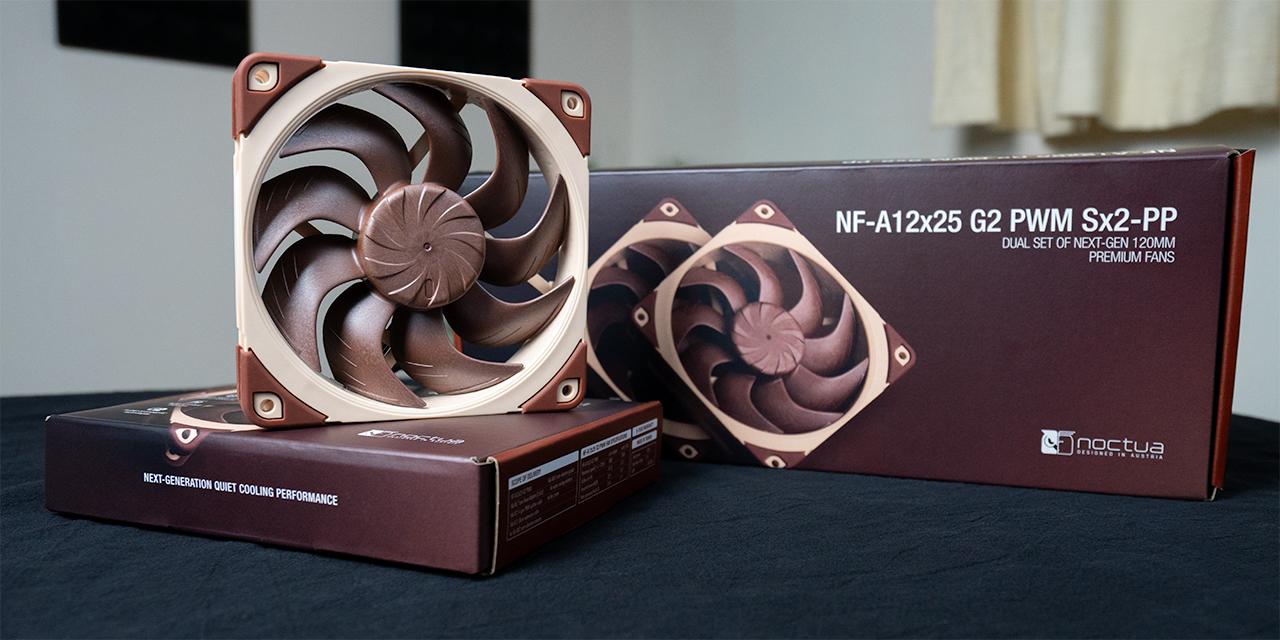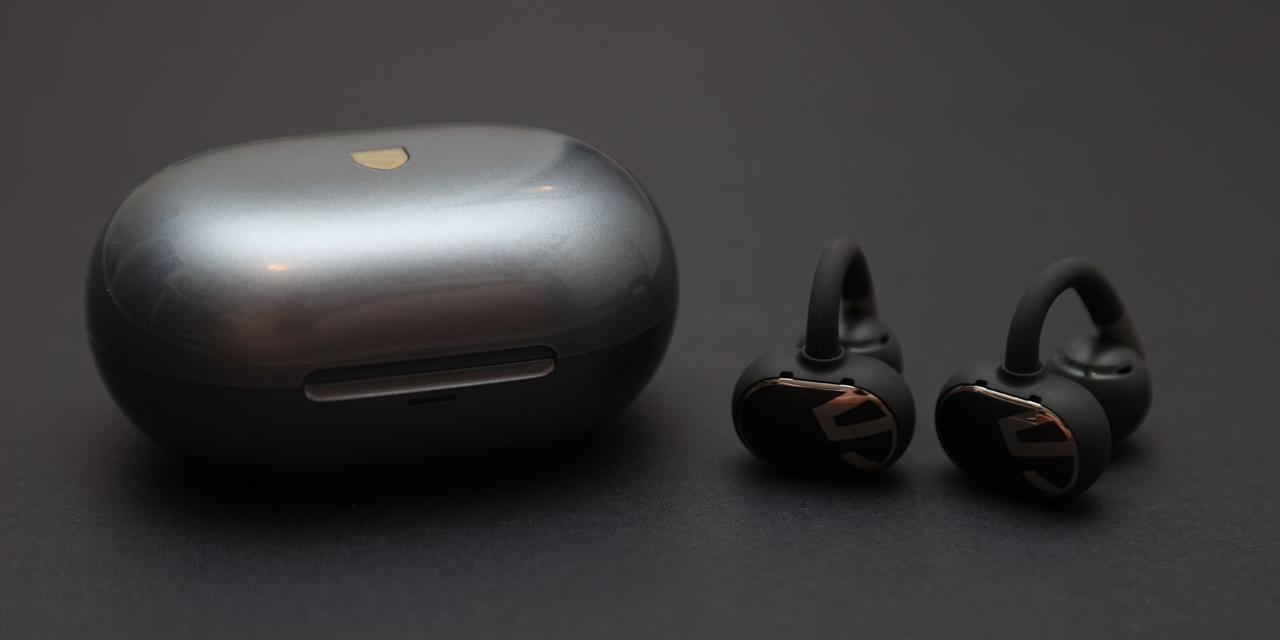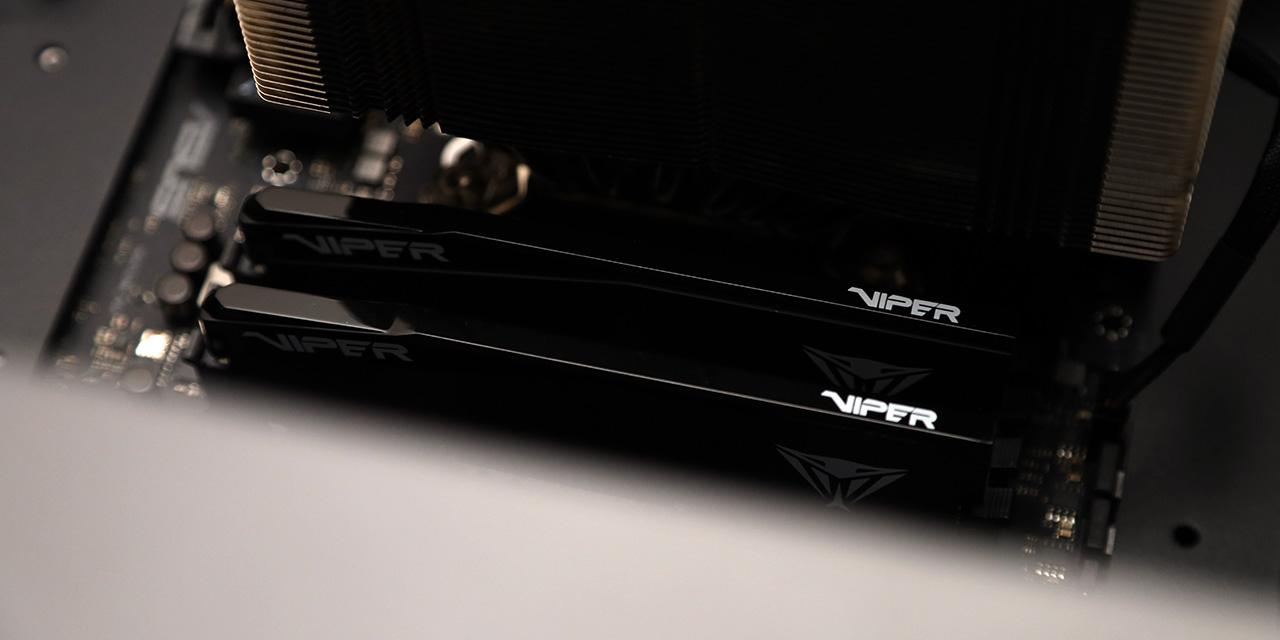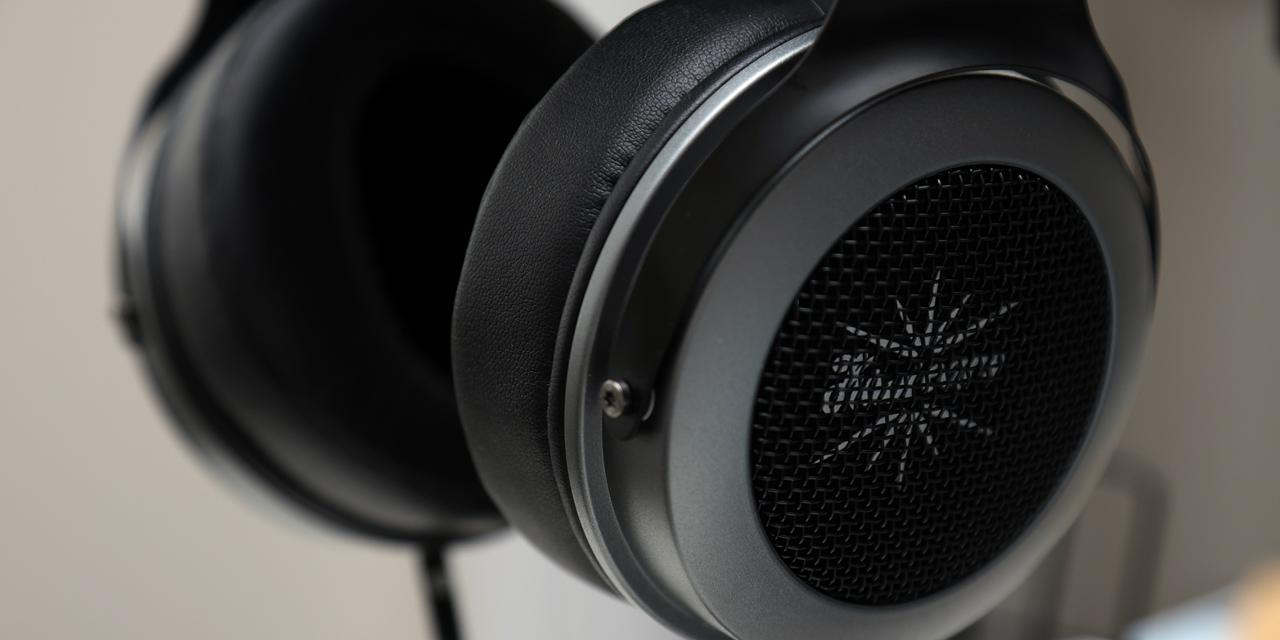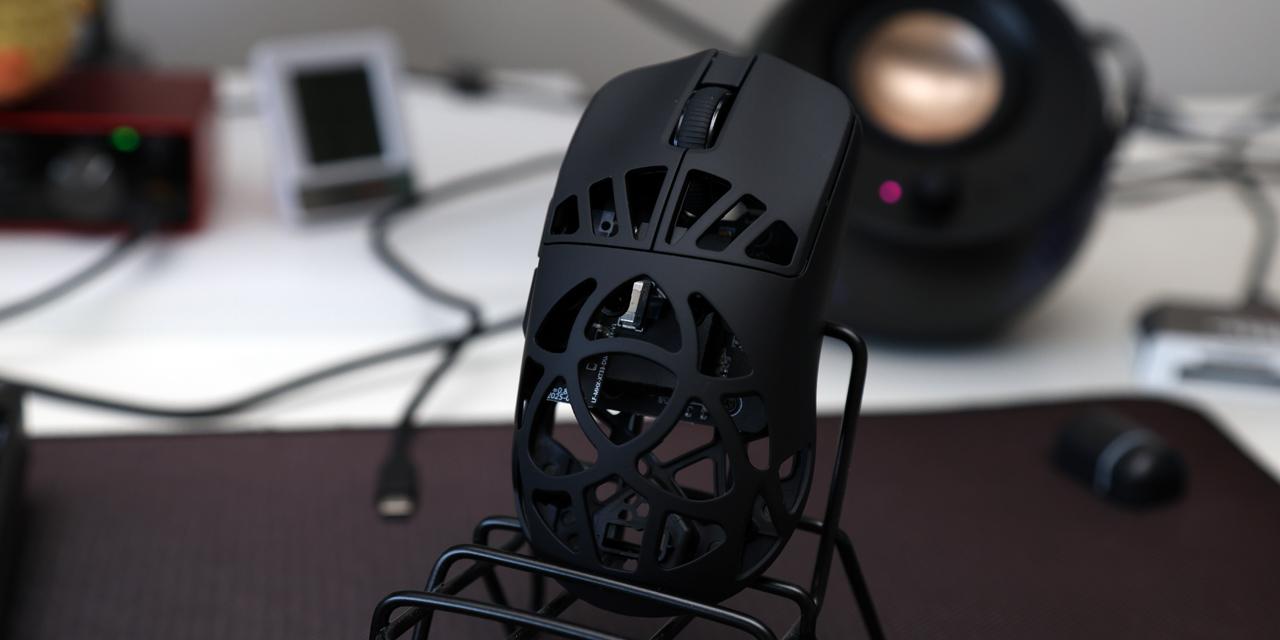Page 3 - Physical Look - Hardware, Board Layout
The ASUS ProArt Z890-Creator WiFi is a standard ATX board at 30.5cm by 24.4cm. It is the company's latest motherboard in the ProArt lineup, and it fits the design theme of the series very well. ASUS has been using flat black soldermask on their lineup for a very long time, and I found its understated appearance to be quite attractive in my windowed chassis. All of the components are in various shades of monochrome with flat gold lines over the large M.2 Q-Release heatsink, more lines and label on the small M.2 Q-Release heatsink, "Power Up Your Imagination" text on the left VRM heatsink, and ProArt branding on the chipset heatsink. Even the capacitors are black in color, which makes it very sleek in my opinion. The ProArt Z890-Creator WiFi is a performance board, and it certainly carries the classy vibe of one. While aesthetics is not really an issue when it comes to internal components of a computer compared to the way the board is built and how well it performs, surprisingly it can be a deciding factor for some users. Of course, the comments on the look are just a personal opinion. This motherboard has gone through a 168-hour durability test for long-term dependability.
As you can see in the photo of the ASUS ProArt Z890-Creator WiFi above, the heatsink configuration is extensive. There are large VRM heatsinks for the MOSFETs and chokes around the processor socket, which we will cover in just a short moment. The PCIe 5.0-based NVMe M.2 slot has its own M.2 Q-Release heatsink, while the remaining four is covered by one large M.2 Q-Release heatsink. Lastly, a simple passive cooler is placed over the Z890 chipset behind the large M.2 Q-Release heatsink, since it only has a 6W TDP. The ASUS ProArt Z890-Creator WiFi will work just fine even in cases with not a whole lot of airflow. We will do some temperature testing later on in this review.
The CPU power connectors are located horizontally near the top left corner as with most motherboards. There are two connectors here, both EPS 8-pin, to give your processor the juice it needs. These connectors are designed to have a tight fit with your PSU power lines for reduced impedance. It is fairly cramped in this area, but it is one of the better ones I have seen, since it is located right on the edge of the board with nothing in between. This leaves sufficient room for people with average sized fingers to unlatch their cables. You should not have a whole lot of issues getting in and out of this area unless you have a large heatsink sitting over your processor or a large water cooling radiator at the top of your case.
Three 4-pin fan headers are located above the top VRM heatsink, labeled CPU_FAN, AIO_PUMP, and CPU_OPT. This means it will support up to two cooling fans and an all-in-one cooler pump. Every header has PWM or DC fans auto-detection. Next to it is a CPU_OV jumper to enable CPU over voltage.
The ASUS ProArt Z890-Creator WiFi is an 8-layer PCB. Above is a shot of the motherboard at the back. The layout is relatively simple and clean, which is great for those thinking of adding aftermarket CPU cooling solutions. A standard Intel backplate is found here, and all LGA1851 aftermarket coolers should be designed to work with this backplate in place. Some sockets and headers use through-hole connectors, as shown in our photo above, for better handling of mechanical stress.
The LGA1851 processor socket is the usual array of items within close proximity. These are components relating to the CPU voltage regulator circuit as well as the two corresponding heatsinks. The heatsinks are reasonably low profile despite being large, so I have experienced no problems in installing large heatsinks such as the Noctua NH-D15 G2 HBC. The ProArt Z890-Creator WiFi features a Digi+ voltage-regulator module and 16+1+2+2 90A power stage design for steady and precise power delivery with fast transient response to your CPU. A 4-pin chassis fan header can also be spotted south of the CPU socket.
Four RAM slots are placed pretty close to the CPU socket, but there is only so much room on the motherboard. Most modern RAM should have low enough profile heatspreaders and most modern coolers are designed with adjacent memory modules in mind, so you should not have any clearance issues. The slot closest to the CPU socket is DIMM A1, followed by A2, B1, and B2. All of them have a fortified metal divider for increased strength. To install your RAM, all of them lock in automatically at the bottom and engage by a clip at the top, which makes installing and uninstalling modules faster and easier.
The ATX 24-pin power connector is placed along the side of the motherboard as far as standard design is concerned. Above the ATX 24-pin power connector are four LEDs to indicate the CPU, memory, graphics card, and boot device status for easy diagnosis. An AURA ARGB Gen 2 header is between them.
There are three PCI Express expansion slots on the ProArt Z890-Creator WiFi. ASUS claims both graphics slots are reinforced for increased strength. The one at the top is a PCIe 5.0 x16 slot. Using the second PCIe 5.0 slot will make both of them into x8 slots. Both slots are equipped with a special latch that automatically releases the installed graphics card when tilted towards the latching mechanism. It works very well, and it is quite an improvement from standard designs, which often requires jamming a screwdriver at the latch to release the graphics card. The last slot has four lanes of PCIe 4.0 bandwidth, shared with the M.2_5 slot, where only one can be used at a time.
There are five M.2 storage slots on this motherboard, which provides a whopping amount of NVMe storage if you want to load your PC up with an array of fast SSDs. The top M.2 slot between the CPU and first PCI Express 5.0 x16 slot is PCIe 5.0-based, and supports SSDs sized up M.2 22110. As mentioned earlier, the PCIe 5.0-based NVMe M.2 slot Q-Release heatsink, which can be easily removed by a latch. The remaining four are PCIe 4.0-based and support sizes up to M.2 2280. All M.2 slots have nifty mechanisms for locking SSDs in place tool-free, which is very convenient and actually works well. The PCIe 4.0 M.2 slots are covered by one large M.2 Q-Release heatsink, which swings open like a door by a hinge on the left side of the motherboard. It looks great and provides a nice, clean look, but I ended up removing it entirely, since all my SSDs come with a heatsink from the factory, which prevents it from closing.
An array of internal headers can be found at the bottom of the ASUS ProArt Z890-Creator WiFi. From the left, we have front panel audio, serial, two 4-pin PWM, two AURA ARGB Gen 2, clear CMOS, USB 2.0, thermal sensor, chassis intrusion, another 4-pin PWM, CMOS battery, and front panel I/O. A TPM header is above the thermal sensor and chassis intrusion headers. ASUS has done an excellent job of organizing all these headers in an accessible and user-friendly manner in my opinion.
At the back, there is a dedicated audio zone electrically separated from the rest of the components to reduce noise. A thick line for the audio guard path is on the soldermask to give the user a visual cue of this design. The Realtek ALC1220P 7.1 32-bit/192 kHz audio codec is paired with further sound quality optimizations, including the use of a dedicated audio PCB layer, de-pop circuit, audio-grade capacitors, headphone amplifier, and audio shielding.
In the above photo, we can have a clearer view of the USB 3.2 Gen 2x2 Type-C header. Next to it is a USB 3.2 Gen 1 header followed by a 4-pin PWM header. Four standard SATA 6Gb/s ports native to the chipset angled perpendicular to the motherboard are next. These SATA ports support RAID 0, 1, 5 and 10. Adjacent to the SATA 6Gb/s ports is a drive activity LED. All in all, this is a pretty good layout in my opinion, and it is optimal as far as cabling is concerned with everything placed along the edge.
The back panel has an integrated rear I/O shield and offers a generous array of modern external connectors. There is a total of six USB 3.2 Gen 2x1 Type-A ports. The 10G Ethernet is powered by a Marvell AQtion controller, while the 2.5G Ethernet is provided by an Intel chip. Additionally, there is one USB 2.0 Type-A port labeled "BIOS" and a BIOS FlashBack button, used for ASUS' BIOS update/recovery function that does not require you to power on your PC, and three USB Type-C ports. Two of the USB Type-C ports are Thunderbolt 5, while the remaining one is Thunderbolt 4. The ASUS ProArt Z890-Creator WiFi supports Thunderbolt Share. The USB Type-C ports have DisplayPort 2.1 and Thunderbolt video out support for up to 8K resolution at 60Hz.
We have two additional video connectors in addition to the USB Type-C ports. This includes an HDMI output and DisplayPort input. The DisplayPort input is used to connect to your video card's output for the Thunderbolt controllers to pair with your discrete graphics. The circular quick release connectors are for the included Wi-Fi 7/Bluetooth 5.4 antenna. Lastly, there are two standard 3.5mm analog jacks. There is nothing more, because digital audio output is mainly over HDMI nowadays, and multi-channel analog setups are basically non-existent in 2025. Still, an optical out would have been nice.
Page Index
1. Introduction, Packaging, Specifications
2. Bundle and Chipset
3. Physical Look - Hardware, Board Layout
4. BIOS, Overclocking Features, Test System
5. Benchmark: AIDA64
6. Benchmark: Cinebench 2024
7. Benchmark: PassMark PerformanceTest 11
8. Benchmark: PCMark 10
9. Benchmark: 3DMark
10. Onboard Sound Frequency Analysis
11. Thermal Measurements
12. Conclusion
